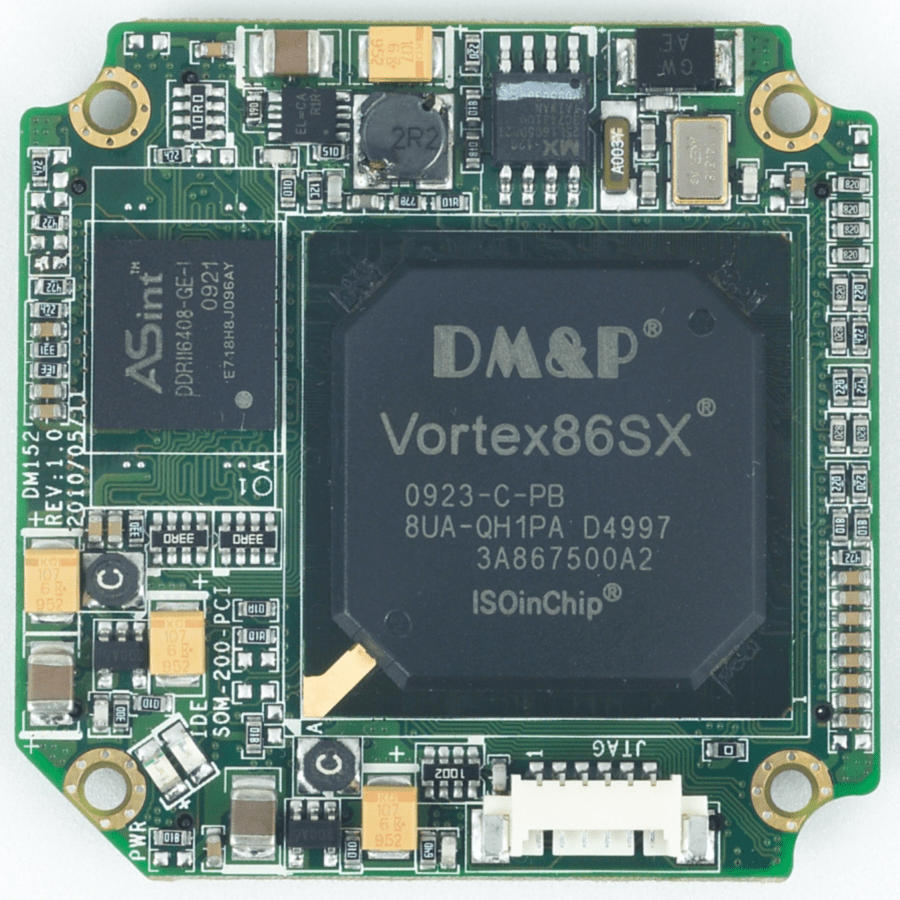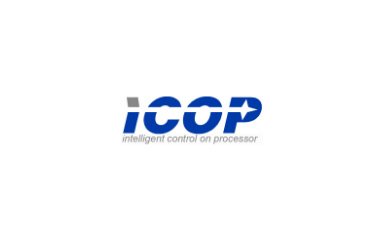Introduction
System-on-Module (SoM) technology is becoming increasingly popular for embedded systems development. A core module with processor, memory and I/O is used with a baseboard that would contain specialist interfaces or indeed a OEMs own intellectual property (IP).
The market presents several approaches to System-on-Module and industry standards such as ETX and ComExpress each provide a standard footprint such that modules from different manufacturers can be used. These often make use of the latest embedded versions of mainstream processors such as Intel’s Atom, with higher performance and higher power consumption. More often than not, these can come with standard baseboards with a range of traditional I/O. These can provide an ideal performance evaluation platform and with board support packages (BSP) they not only negate the need for additional driver development but software development can occur in parallel to the hardware design.
However there is also the option to use a proprietary module format and this has a number of advantages for the embedded system developer. These modules can have significantly smaller footprint and lower unit cost as they are aimed at embedded markets, where the performance demands frequently buck the desktop PC market trend for faster, more power hungry, processors.
DSL’s remit
Although DSL undertakes designs using ComExpress modules and ETX modules it increasingly employs SoM modules from ICOP Technology as they provide the perfect balance of price, size and performance for a multitude of applications.
These modules range from 300MHz to 800MHz with power consumption stated in milliamps rather than amps.
Many applications tend to be ‘headless’ and do not need performance for intensive graphical output and invariably ComExpress modules and ETX modules are over-specified, making these ICOP modules ideal.
In addition to an IDE interface, the modules include an on-board flash drive bringing significant cost and size advantages.
Consequently the proprietary module route has a number of attractions for OEM’s:
1. Simplification of the design task.
Whilst care needs to be taken with PCI bus, LAN & USB routing, no significant processor design experience is necessary. Such designs are difficult to outsource and almost impossible to undertake in house due to the costs and time of acquiring the necessary processor & BIOS knowledge.
2. Speed of design.
With the module already in existence, engineering can focus on application I/O demands rather than CPU design demands. This in turn gives the OEM more time to deal with the application code aspect of the final product.
3. Unit cost.
Whilst the application maybe relatively low volume, the SoM manufacturer produces at global demand volumes and hence the pricing reflects this. A SoM motherboard is likely to be a 4 layer board as opposed to a 10 or 12 layer processor card so cost multipliers such as buried or blind via’s and tight track spacing is avoided. Testing becomes much simpler and JIT stock holding ensures reduced unprofitable stockholding.
4. Design costs.
Essentially the most complex part of the design has already been done. Processor board designer rates are significantly higher than that of SoM motherboard design as issues such as track length equalisation & other issues are avoided.
5. Performance Flexibility.
Retrospective migration to a higher performance SoM can be undertaken at any stage with little or no risk. Compare this to the risks of undertaking a fresh design with new CPU and BIOS.
Increasingly OEMs are recognising their own core competencies and using an external design house for the baseboard design. This allows them to focus on their own core skills whilst simultaneously driving down the time to market.
DSL has a team of designers who are very experienced with the ICOP modules and can turn around a prototype in just six weeks, half the time it would take an in-house group to turn around a custom board. Its designers are also experienced in designing for EMC, ensuring that the whole system can pass the electromagnetic compatibility tests.
All the designs are documented and any changes documented and fully agreed to provide traceability and quality.
Another key area of expertise is BIOS customisation. Whilst many OEMS can happily adapt to an ‘off the peg’ BIOS, many demand customisation of a number of parameters to ensure their product matches their clients’ needs precisely.
To a certain extent this is also true for operating system configuration. Being a Microsoft Embedded partner means DSL’s engineers are experienced at tailoring embedded operating systems such as XP embedded and Windows CE. We can also offer custom installations of Linux such as ICOP own build, X-Linux.
Having a wide range of additional bolt on products available also helps speed up the design process.
Disk-on-Module technology allows different densities of solid state hard drive to be easily added via a simple 44pin IDE connector on the base board, again allowing the system vendor to offer a range of capacities, and reflecting the temperature range requirements.
While there are many good engineering reasons for moving to a System-on-Module approach, the surprising thing has been the advantages in the business process that allows third party design houses to work more closely and effectively with the system designer to speed up time to market without increasing the costs.
For advice on the ideal route for your new project, speak to DSL’s technical engineers for no obligation advice – we’re happy to help!





